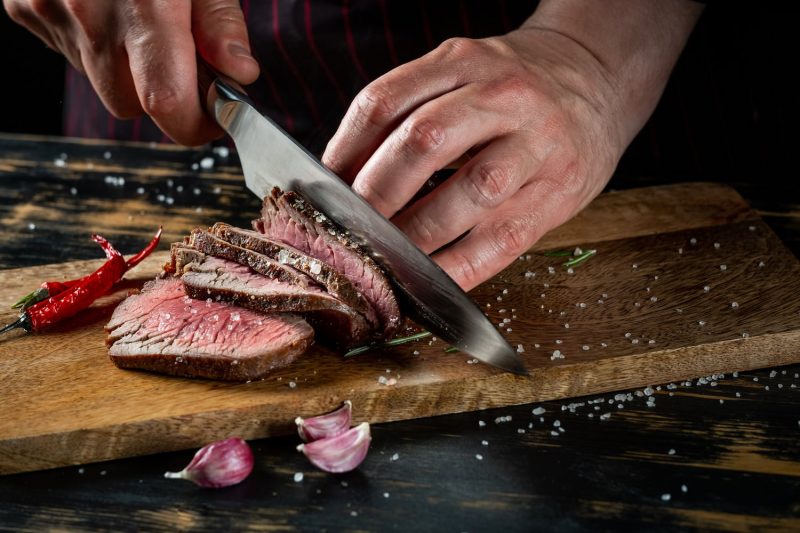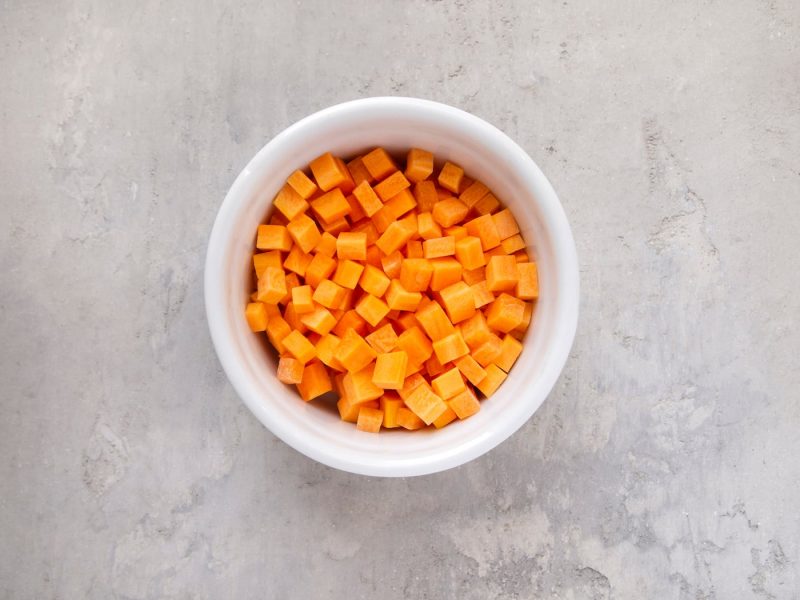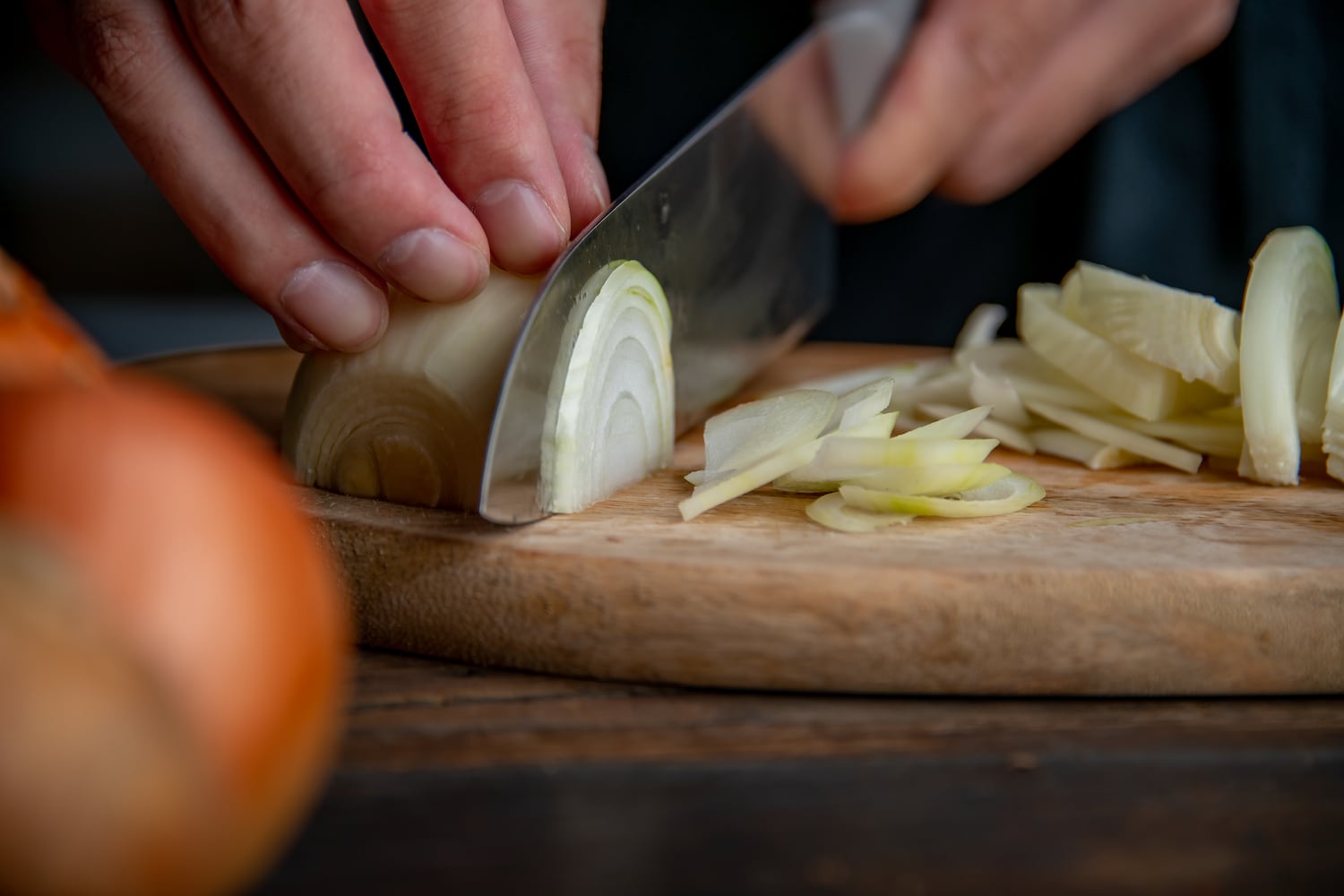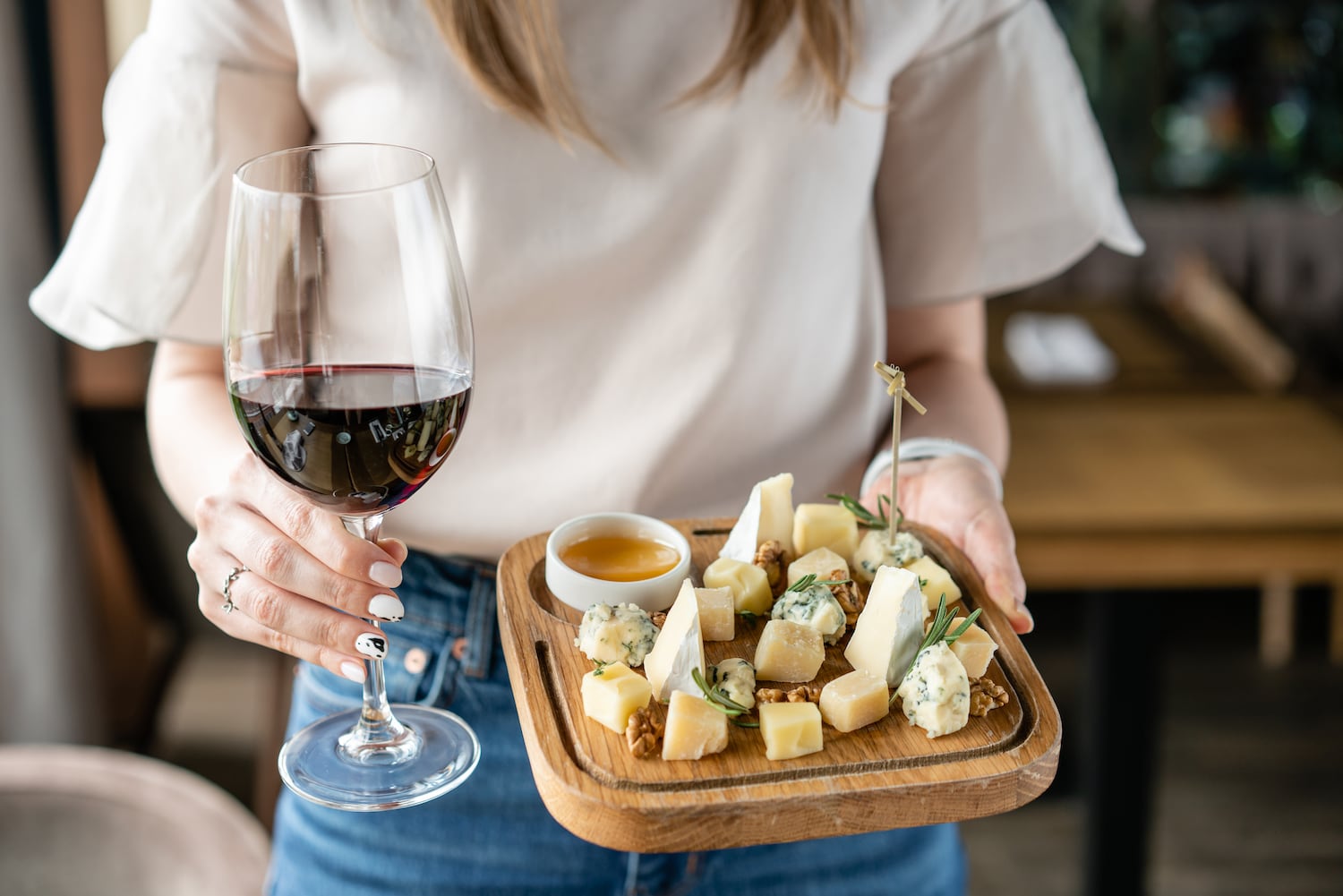Anyone even remotely passionate about cooking wants to be able to slice like a top chef. Besides the fact that impressing others with a quick chopping technique is good for your ego, there are several other excellent reasons why every amateur cook should know the different chopping techniques.
Good cutting technique is the foundation of efficient and safe cooking. Whether you want to finely chop vegetables, perfectly portion meat, or precisely chop herbs, the right technique makes all the difference. In this blog post, we'll show you which cutting techniques are essential in the kitchen, how to master them, and how they'll take your cooking skills to the next level.
Why it's important to master cutting techniques
First and foremost, using the correct cutting method ensures evenness. Let's take a carrot as an example. A carrot has a rather typical shape, ranging from very thick to very thin. Many people cut carrots into very large pieces because that's easier. The downside of this straightforward cutting method is that the pieces are unevenly sized. Larger pieces take longer to cook than smaller ones. If the pieces were all the same size, everything would cook more evenly.
A second important reason for using cutting techniques is that they're also pleasing to the eye. Properly cut fruits and vegetables simply look much more appealing and therefore more appetizing.
A third reason is that proper cutting techniques are much safer. Being proficient with a large chef's knife gives you confidence, and when you master the cutting technique, the risk of cutting yourself is much smaller.
The basic cutting technique: the claw technique
This doesn't really sound like a cutting technique, but it is. The claw technique is the foundation of all cutting techniques, and you can use it to cut both thick and thin slices.
The key to this technique is to use the hand you're not cutting with to hold the product. Place your fingers on the product like a cat's claw. Take your chef's knife and place the point on the cutting board . With a slicing motion, lower the knife and then raise it again. By sliding the knife along your inward-curving finger, you can determine the thickness of the slice. Repeat this motion after each slice.
[product=chef's knife]
Available in two sizes, this knife offers excellent balance and a comfortable grip, making preparing food both easy and enjoyable.
[/product]

Other commonly used cutting techniques
Below you'll find an overview of the different ways to cut vegetables and meat. Most of the names for these cutting techniques, like much of the other culinary terminology, come from French.
Chiseling
A common cutting technique is chiseling. This method is often used for herbs, leafy greens, and softer vegetables such as mushrooms, zucchini, gherkins, and cucumbers.
If you want to learn this cutting method, it's important to master cutting with your guide hand. Chiseling is performed at high speed. It's a form of chopping, and when cutting, the knife completely lifts off the cutting board. Slices are cut with a quick up-and-down motion. To chisel well, you need not only a good command of this cutting technique but also a sharp knife.
Julienne
When we talk about julienne, we mean that the vegetable is cut into long, thin strips. The matchstick strips are 1 to 2 mm thick and 4 to 5 mm long.
This method is often used for vegetables, but meat and fish can also be julienned. It's a very fine cutting technique and therefore often used for ingredients in soups and sauces.
Tourné
The tourné is a cutting technique from classic French cuisine. You'll recognize this cutting method by its oval, elongated shape and seven equal sides. Vegetables that are often turned include potatoes, pumpkin, and carrots. This method is primarily used for show, as turned vegetables look beautiful and luxurious. When turning, you use a turning knife, a special knife with a curved blade. If you don't have one, you can also use a potato peeler for this cutting technique.
Brunoise
Brunoise, along with julienne, is one of the most commonly used cutting techniques in French cuisine. It's also one of the finest, as brunoise involves cutting very fine cubes of about 2 mm. The chopped vegetables can then be used in fillings, such as meatballs or pies. Brunoise is also a very suitable technique for cutting vegetables for soups.

Macedoine
The macedoine cutting technique is similar to that of brunoise cubes. There is one difference: the cubes in a macedoine are 5 mm in size. This size isn't entirely arbitrary, as it's the same size as the peas used in macedoine de legume, a salad of various vegetables all cut to roughly the same size.
Chinese
The name of this cutting technique might already give it away: chinoise is a cutting method originating from Chinese cuisine. When cutting, vegetables like carrots or leeks are cut diagonally twice, creating a diamond shape. Vegetables cut this way are often blanched first and then used in salads or soups, for example.
Garden
This cutting method is also called baton. The technique is related to the julienne cutting technique. While julienne aims for super-fine strips, the jardinière allows for slightly coarser cuts. The dimensions of a jardinière are close to those of our French fries, approximately 4 to 5 cm long and 1 cm wide.
Emincé
When we talk about "mincing" in cooking, we mean cutting mushrooms, truffles , or garlic, for example, into very thin slices or discs. There are no set dimensions for this cutting technique.
Square
Cubes, apparently, they can't get enough of them in French cuisine. A carré also refers to a square cube. This time, a larger one, measuring 1 cm by 1 cm. The key to this cutting technique is that the cubes are perfectly square and therefore have the same dimensions on all sides.
To chop
Chopping is a cutting technique we all use almost daily in the kitchen. How many recipes begin with the familiar "chop an onion"? When we chop something, we make a series of horizontal cuts in the product, but we don't cut all the way through. Then we make a series of vertical cuts. The final step is chopping the product. Chopping is something we often do with onions, because they are layered. If you were to use the brunoise cutting technique, the onions would fall apart when cut.
Cutting techniques and sous vide
We've already explained that cutting techniques are important for presentation and even cooking. If you want to cook like a true chef, you'll naturally already be using sous vide as an amateur cook. The way you prepare a piece of meat, fish, or poultry largely determines the final result, and with sous vide, that result is always perfect. Cutting techniques are also important for a good result.
If you want to learn cutting techniques, you'll need lots of practice. Make sure you have a good, sharp chef's knife (important!) and master the claw technique first. Once you've mastered that (not literally ;-)), you can move on to practicing the other cutting techniques.



Leave a comment
This site is protected by hCaptcha and the hCaptcha Privacy Policy and Terms of Service apply.